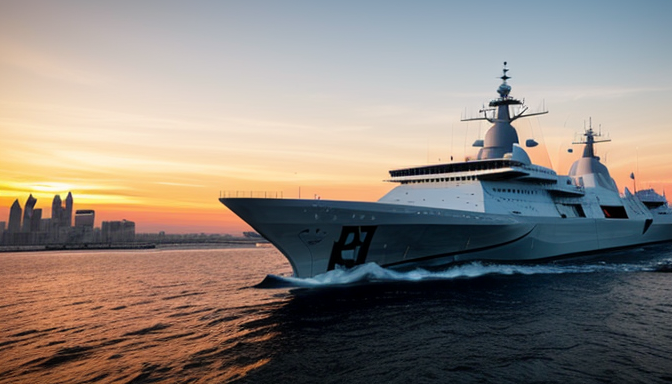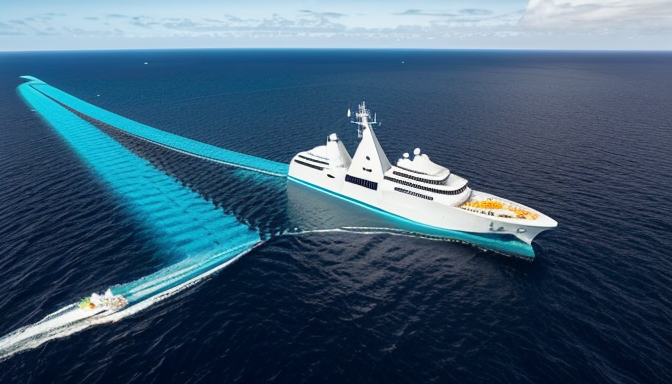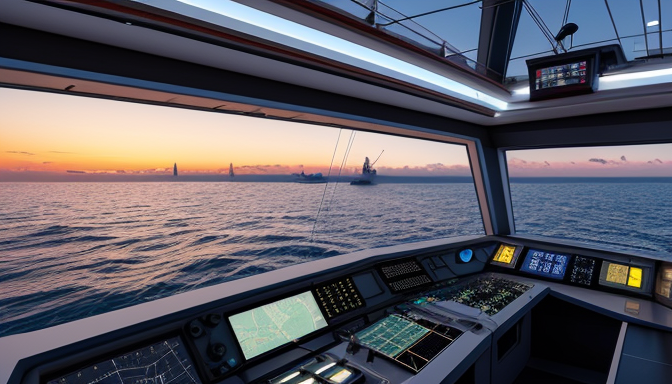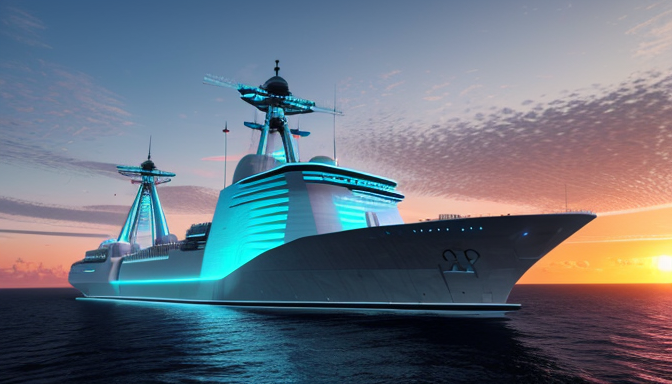The Future of Naval Technology: What Lies Ahead?
The future of naval technology is not just a glimpse into the horizon; it’s a bold leap into uncharted waters! As we sail into this new era, we can expect to witness groundbreaking advancements that will transform the maritime landscape. Imagine ships that are not only faster and more agile but also equipped with cutting-edge technology that enhances their operational capabilities. With innovations in ship design, we are looking at vessels that are sleeker, more efficient, and capable of navigating complex environments with ease.
One of the most exciting trends is the development of green propulsion systems. These systems aim to reduce the environmental impact of naval operations, making them more sustainable without compromising performance. Think of it as giving our fleets a breath of fresh air. This transition to eco-friendly technologies is crucial as the world grapples with climate change and seeks to preserve our oceans for future generations.
Moreover, marine innovations such as autonomous ships and advanced sensor technologies are set to revolutionize naval operations. These advancements not only enhance safety and efficiency but also allow for real-time data analysis that can inform strategic decisions. The integration of artificial intelligence will play a pivotal role in this transformation, enabling navies to respond to threats faster and more effectively than ever before.
In summary, the future of naval technology is bright and full of potential. With innovations in ship design, propulsion systems, and operational capabilities, we are on the brink of a maritime revolution that promises to redefine how we think about naval defense and operations.
Innovations in Naval Warfare
As we sail into a new era of naval warfare, the horizon is brimming with cutting-edge technologies that promise to redefine how navies operate. Imagine a fleet of ships equipped with artificial intelligence that can analyze vast amounts of data in real-time, allowing commanders to make split-second decisions with unparalleled precision. This isn’t just science fiction; it’s the reality of modern naval operations. Unmanned systems, such as drones and autonomous submarines, are becoming integral to naval strategies, offering enhanced surveillance and strike capabilities while minimizing risk to human life.
Furthermore, the evolution of advanced weaponry is reshaping the battlefield. From laser weapons that can disable enemy vessels to hypersonic missiles that travel faster than the speed of sound, these innovations are not only about power but also about strategic advantage. The integration of these technologies means that naval forces can operate with greater agility and effectiveness than ever before.
In addition to these technological marvels, the design of naval vessels is undergoing a significant transformation. Modern ships are being crafted with green propulsion systems that reduce their environmental footprint, showcasing a commitment to sustainability without compromising operational efficiency. This dual focus on innovation and responsibility highlights a new age in naval warfare where power meets sustainability, ensuring that the seas remain a safe and navigable domain for future generations.
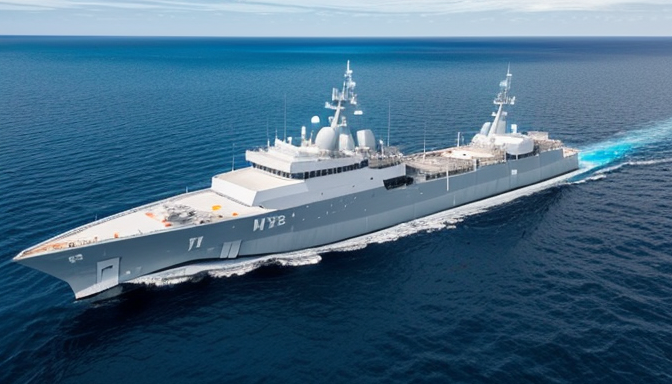
Environmental Considerations in Naval Design
As we sail into the future, the naval industry is facing an imperative shift towards sustainability. With the oceans being a vital resource, it’s crucial for modern navies to adopt environmentally friendly practices. Cutting-edge ship design is at the forefront of this transformation, focusing on reducing emissions and minimizing ecological footprints. Imagine a fleet of vessels that not only defends but also protects our blue planet!
One of the most exciting advancements is the integration of green propulsion systems. These systems are not just buzzwords; they include technologies like hybrid engines and fuel cells that significantly lower carbon emissions. For instance, naval ships are now being designed to utilize liquid natural gas (LNG) and even renewable energy sources like solar and wind power. This shift not only helps in combatting climate change but also enhances operational efficiency, making the fleets more agile and cost-effective.
Moreover, marine innovations like biofouling-resistant coatings and recyclable materials are being utilized in ship construction. These innovations not only extend the lifespan of vessels but also reduce the need for harmful anti-fouling paints that pollute our waters. The future of naval design is not just about defense; it’s about responsibility and stewardship of our environment.
In summary, as we look ahead, the combination of advanced technologies and a commitment to sustainability will redefine naval operations. The ships of tomorrow will be equipped to face threats while also safeguarding the oceans, proving that defense and environmental care can indeed go hand in hand.
Frequently Asked Questions
- What are the key innovations in naval warfare?
Naval warfare is evolving rapidly with innovations like artificial intelligence, unmanned systems, and advanced weaponry. These technologies are not just enhancing combat capabilities but also improving decision-making processes on the battlefield. Imagine having a fleet that can analyze threats in real-time and respond faster than ever!
- How is sustainability being integrated into naval design?
Sustainability is becoming a cornerstone in naval design. Innovators are focusing on eco-friendly materials and energy-efficient systems to minimize environmental impact. Think of it as building a ship that not only defends our waters but also protects our oceans!
- What role does technology play in maritime defense?
Technology is the backbone of modern maritime defense. From cybersecurity measures to satellite communications, advancements ensure that navies can operate effectively while staying one step ahead of potential threats. It’s like having a digital shield that safeguards not just ships, but entire nations!
